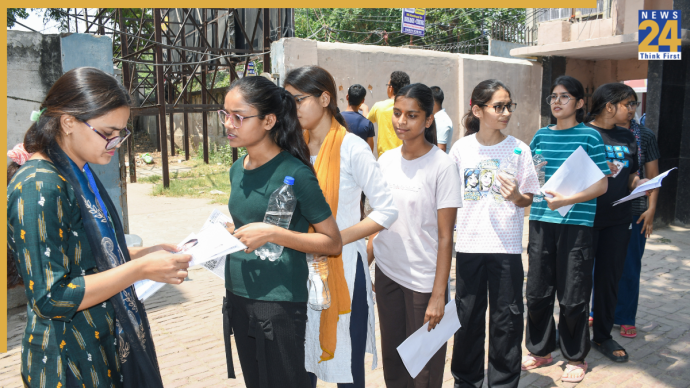Retail digital rupee: The Reserve Bank of India will launch retail digital rupee (eRs-R) on Thursday (December 1, 2022) on a pilot basis. The pilot scheme would cover select locations in closed user group (CUG) comprising participating customers and merchants. The eRs-R would be in the form of a digital token that represents legal tender.
Retail digital rupee transactions will take place using a digital wallet on mobile phones and other devices. This trial’s eight banks have been identified for phased participation. Transactions in digital currency can only be done through digital wallets offered by banks participating in the RBI’s digital rupee system.
Know the benefits of E-rupee:
- Beneficial for boosting the digital economy.
- It will have the ability to process payments like a mobile wallet.
- Digital rupees can be quickly converted into bank money and cash.
- The expense of sending money overseas will go down.
- Even without an internet connection, E-Rupee will function.
- E-rupee will have an equivalent value to current money.
How and where should digital currency be used?
To utilise UPI, you must have a UPI id or a QR code. In order to retain or transact in digital currency, you must be a part of the digital currency ecosystem, such as a digital rupee wallet. To transfer money to, say, a merchant, you’ll need a digital rupee QR code.
What advantages will the digital rupee have for the financial system?
Digital currency encourages financial inclusion while lowering the cost of manufacturing money. CBDC may be used without an underlying bank account over time, thanks to policy unlocks, allowing users to keep and transact digital money just like they would physical currency.
During the pilot phase, the client would only experience a very small portion of the overall strategic block that the RBI has envisaged. Further developments in cross-border transactions, financial inclusion, and other sectors may come as a result of governmental reforms.













